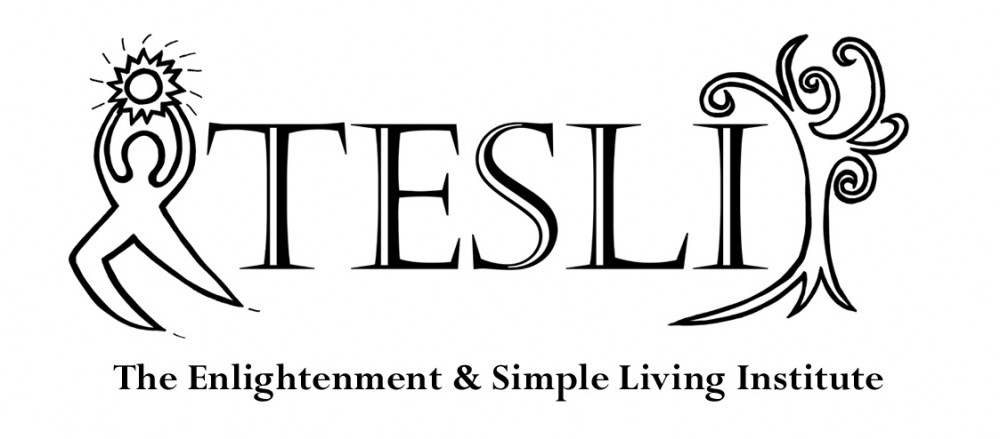I am scheduled to go into a six week retreat on July 15th. Now, that I have most of my stuff in order for the retreat, I am asking myself about what I need to do to prepare for September – post retreat. “Is there anything I need to do now, that would support the expansion I am intending for the fall?”
The first natural question is, “What do you want the expansion to look like?” Pretty basic question, but I forget sometimes. I tend to think about what is “possible” or what is possible for September 2015, instead of what would work for me long term.
Many years ago I did an intensive study on myself. When I first introduced TELSI I wrote a little bit about this process. Today, I got back out the results of my study, because I noticed something was not quite right about my visioning process. Specifically, I was thinking about teaching ongoing internal arts development classes (chi gung, tai chi, etc.) and something about that wasn’t sitting right. I have taught Chi Gung and internal arts practices before and would like to develop something new that integrates all the things I know.
One look at the summary of my skills and I can see that teaching ongoing classes is not going to keep my attention for long. If I choose to do this, I will need to create something bigger or I will get bored. And I am ready for something bigger.
Since, the personal study I did has been so valuable for me over the years, I want to share with you the tools that I used. As I mentioned in the earlier post I used the book Zen and the Art of Making a Living to determine my mission statement:
I am here to live simply, enjoy life, reach my highest human potential and encourage (inspire) others to do the same.
When I did my initial study I also purchased too other books: One was I Could Do Anything If I Only Knew What It Was and the other was Why You Can’t Be Anything You Want to Be. I was intrigued by the opposite messages of the titles.
I actually found the second book to be the most helpful. It walks you through a process of looking at the most satisfying events in your life (yes, they all can be from childhood) and analyzing them to discover the common elements. The common elements help you formulate a “Motivational Ability Pattern” or MAP that can be used to determine if a job or career situation is a good match to your unique personality. Here is mine:
I work best when I am presented with a problem or need in my fields of interest including alternative medicine, healing, transformative processes, personal recovery/growth, or spirituality. I like to look into the background of the situation by reading and/or observing and integrating/analyzing what I know so that I can organize the information to give to others or use systematically to solve the problem. I like to physically accomplish the task using tools, equipment, computers and/or machines and create a presentation or document for others. In order to feel satisfied I need to have accomplished my goal and produced something that creates ease in the lives of other people while maintaining respect for the overall ecosystem. I like to work with support “authority” staff that is available to help me when I need it, otherwise allowing me to work independently.
A few years later I expanded my personal analysis by adding information from What Color Is Your Parachute?This book walks you through a process of determining:
- favorite skills
- favorite interests
- geography (where do you want to live)
- favorite types of people
- how do you want to feel
- favorite goals
- favorite working environment
- favorite values
- preferred income and level of responsibility
For instance, my favorite skills are prioritized by my ability to do them and interest in doing them. People that know me as a teacher or healer are often surprised when I tell them that those talents are not my strongest skills. Indeed, teaching falls at number 4 and healing is at the bottom of the list at number 6.
- Organizing data or things – creating efficiency – creating systems – planning – optimizing systems
- Analyzing – solving problems –
- Researching – studying – learning new things
- Teaching – training – sharing what I’ve learned with others – writing procedures or informational documents – creating presentations
- Guiding – motivating – advising – supervising – leading others
- Healing – supporting transformation in others
As I plan for the fall, I need to keep in mind that I need to create a business that is big enough so I can organize, analyze, and research. Currently I’ve managed to keep myself satisfied by using the income from teaching and healing to provide me with time to blog and write books. Business development itself will keep my organizational and analytical parts satisfied. I will develop a business where I can turn over teaching and healing components to others over time while I develop the cutting line and fresh classes.











